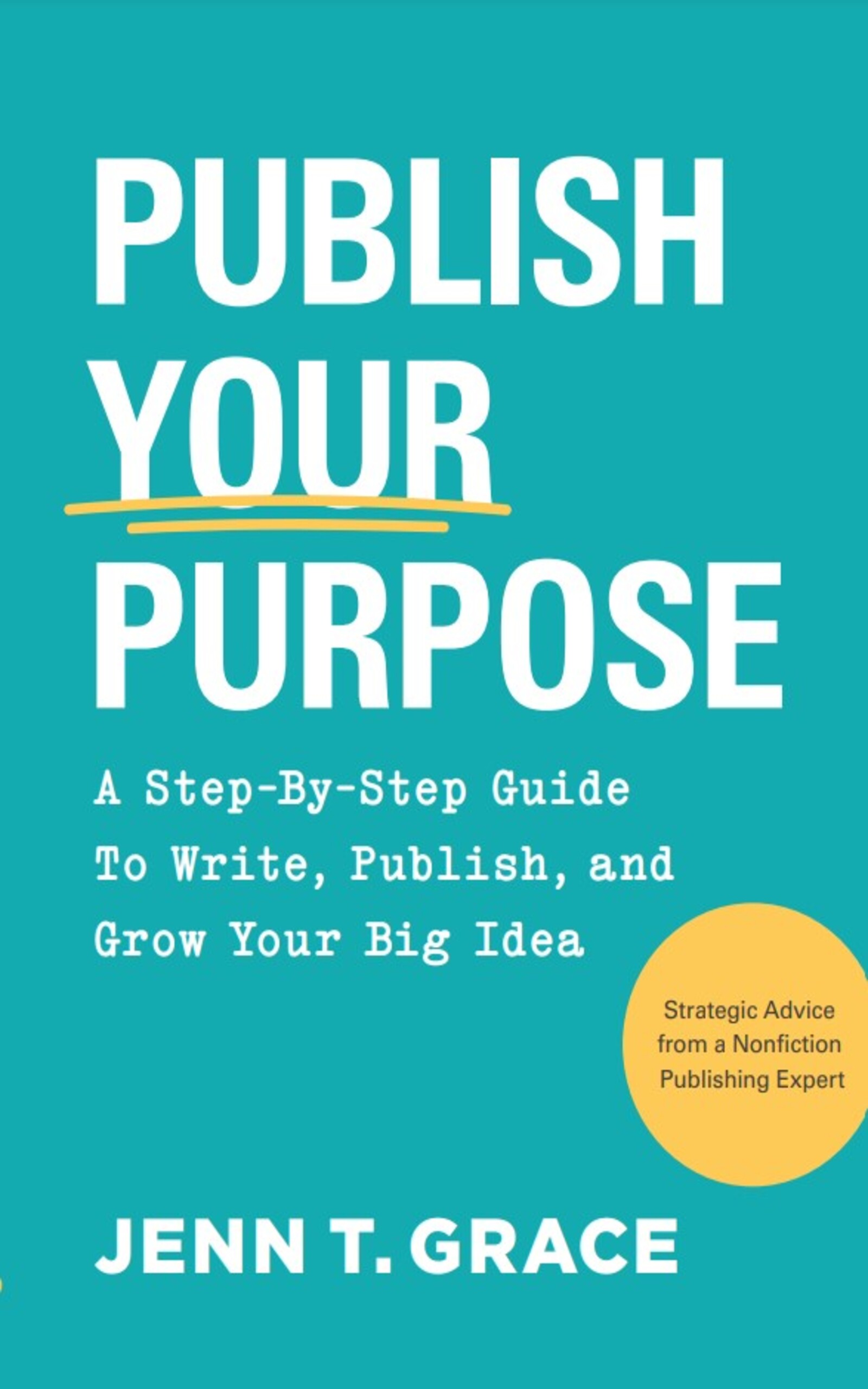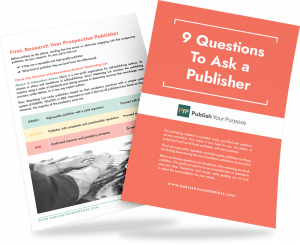When writing a non-fiction book, the way you structure your content is just as important as the words you use. A clear, intentional structure not only makes your book more enjoyable to read but also ensures your key points are delivered effectively. Whether you’re crafting a memoir, self-help guide, or business book, strong organization keeps readers engaged and provides them with a meaningful takeaway.
Start with a Clear Purpose
The structure of your book should align with its primary goal. Ask yourself: What do you want readers to learn, feel, or achieve after reading your book? This clarity will serve as a foundation for deciding how to present your material.
For example, a self-help book might follow a problem-solution format, while a memoir might use a chronological or thematic approach to tell your story.
To clarify your book’s purpose and align it with your personal goals, explore Publish Your Purpose: A Step-By-Step Guide to Write, Publish, and Grow Your Big Idea, Chapter 1: Your Purpose, Vision, and Impact, Oh My!
Divide Your Content into Sections
Breaking your book into sections or chapters makes it more digestible for readers. Think of each chapter as a stepping stone that builds on the last, guiding readers toward your conclusion.
- Thematic structure: Group similar ideas into sections. This works well for self-help or business books where readers expect actionable insights.
- Chronological structure: Use a timeline to organize your narrative, as often seen in memoirs or case studies.
Having a consistent framework within each chapter—such as an opening anecdote, main points, and a wrap-up—can also create a sense of flow.
Maintain Flow and Engagement
Transitions between chapters and sections are crucial for keeping readers invested. Use questions, teasers, or summaries to bridge one topic to the next. Additionally, incorporate visual elements like bullet points, subheadings, or graphics to make information easier to skim.
For tips on maintaining consistency throughout your book, refer to Publish Your Purpose: A Step-By-Step Guide to Write, Publish, and Grow Your Big Idea, Chapter 8: Your First Draft.
Include Practical Takeaways
Readers love actionable insights, especially in non-fiction genres like business or self-help. End each chapter with a recap of key points or a set of actionable steps. This not only reinforces what they’ve read but also leaves them eager for the next chapter.
Edit for Coherence
Editing is where your book’s structure really takes shape. Ensure every chapter contributes to your overall goal and that no section feels redundant. Cutting unnecessary material can make your book leaner and more impactful.
Not sure how to approach editing? Check out Publish Your Purpose: A Step-By-Step Guide to Write, Publish, and Grow Your Big Idea, Chapter 10: What to Know About Editing.
Structuring your non-fiction book is an art that balances clarity, engagement, and purpose. A well-organized book is not only easier to write but also resonates more strongly with readers. With careful planning, thoughtful execution, and the right resources, you can create a book that delivers maximum impact.
Interested in hybrid publishing? Contact us to learn how our process can support your vision while keeping you in control.





